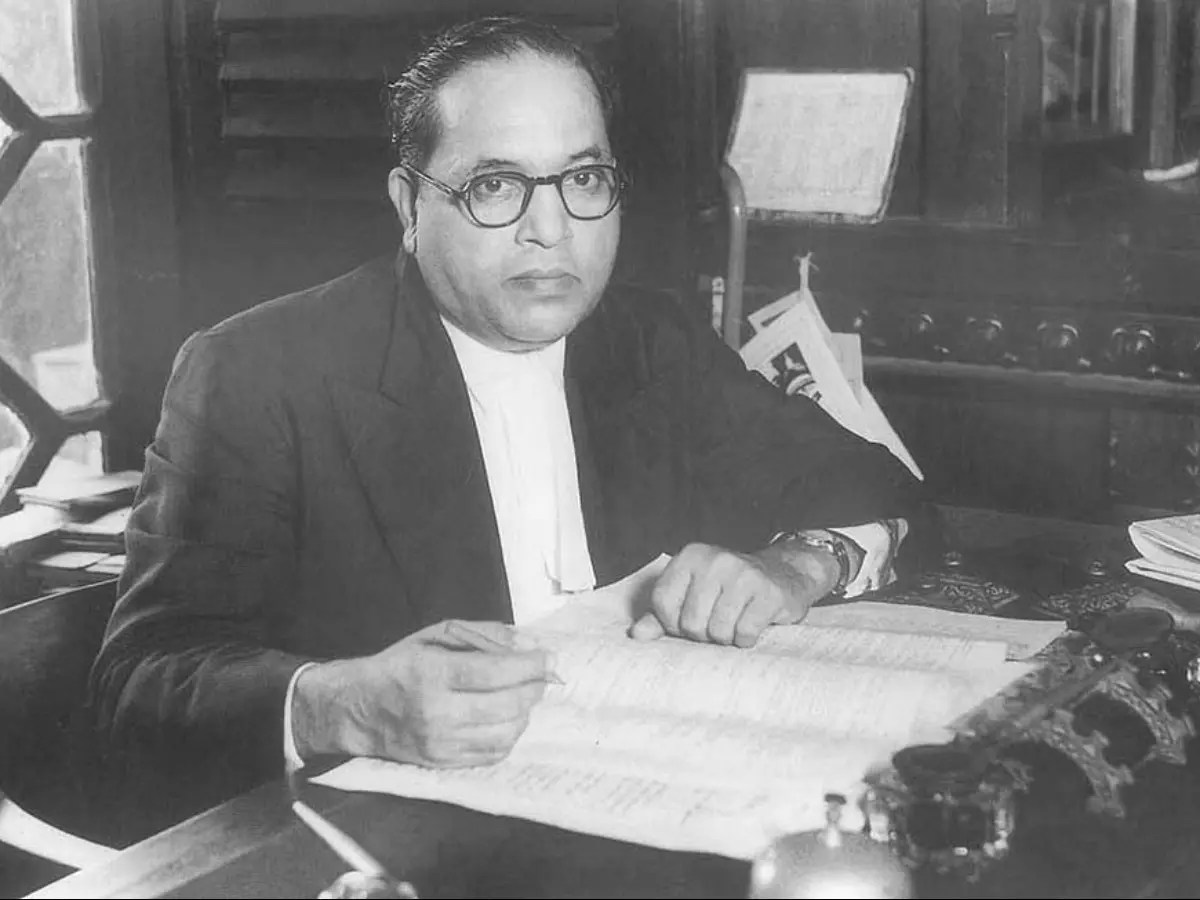Caste, Water And The Notion Of Purity: How India Failed To Heal Ambedkar¡¯s Wound?
A Dalit man was allegedly beaten up for drinking water from a pot kept for upper caste people in the Jaisalmer district of Rajasthan. Police have booked four people under the Scheduled Caste and Scheduled Tribe (Prevention of Atrocities) Act.

A Dalit man was allegedly beaten up for drinking water from a pot kept for upper caste people in the Jaisalmer district of Rajasthan. Police have booked four people under the Scheduled Caste and Scheduled Tribe (Prevention of Atrocities) Act.
According to India Today, Chatura Ram and his wife were going to Digga and they stopped near a grocery shop to drink water kept outside the shop. The police stated that he was abused and beaten up with iron rods and sticks for drinking water from that pot as it was allegedly for the people belonging to upper castes.
 bccl
bccl
In July this year, a Dalit student was beaten by his school teacher for touching a pot meant for the teachers in school. He died during the treatment.
India failed to heal Ambedkar¡¯s wound
The architect of the Indian Constitution, Dr. B.R. Ambedkar, also faced humiliation for drinking water during his childhood. He was reportedly asked to drink filthy water or just go away from so-called ¡°upper castes¡± people. The use of water from public wells was prohibited for people from so-called castes and, thus, Ambedkar launched the Mahad Satyagraha in 1927 to assert their right to use water in public places.
 Bhim Rao Ambedkar | Legaldesire.com
Bhim Rao Ambedkar | Legaldesire.com
Further, a resolution was passed by the Bombay Legislative Council passed in 1923 to allow ¡®untouchables¡¯ the use all public water places, wells, and dharmashala.
We have the Scheduled Caste and Scheduled Tribe (Prevention of Atrocities) Act to deal with such atrocities, but the situation has not changed much.
The caste system continues to plague our society and unfortunately water remains one of the major reasons for discrimination and caste-based violence. The recent news reports are evidence of the grim picture of caste-based violence in India.
Water and the notion of purity
Ambika Aiyadurai, assistant professor of Humanities and Social Sciences, IIT, in her article for The Wire wrote, ¡°In the eyes of the ¡®upper caste¡¯, water encompasses cleanliness, spiritual well-being, an object of worship, holy sanctity, religious rituals, and that which washes away impurities and pollutants. Such core beliefs and practices keep Dalits out of bounds of water sources and their systems.¡±
 Getty Images
Getty Images
The idea of ¡®purity and pollution¡¯ operates in relation to discriminatory social systems. The oppressive groups intend to preserve the self-proclaimed notion of ¡®purity¡¯ at any cost, allowing violence.
Dr. Ambedkar explains that the relationship in all aspects of people with nature (water, land, farm) is necessarily mediated through caste ties. The man-made environments like schools, offices, houses, streets, and subways are the same. He said that caste shapes nature, to understand water had a definite caste that can be polluted with a touch of a Dalit.
Role of the division of labour
The division of labour plays a major role in laying the foundation of the idea of ¡®pure and impure¡¯ in which self-proclaimed upper castes stay pure and the lower castes are made to clean their filth.
M Jr. Murray writes in ¡®Status and Sacredness: A General Theory of Status Relations and an Analysis of Indian Culture': ¡°In the socially graded system, Brahmans are considered to be the purest, as a result of their occupational involvement in ritual and religious activities. These tasks are considered to be the most superior and purest of all social activities. At the other end of the social continuum, the Sudras are identified as defiled as a result of the defiling activities that they have socially been obliged to engage in ¡¡±
 File Photo
File Photo
Lawrence Babb writes in ¡®The Divine Hierarchy: Popular Hinduism in Central India¡¯ that ¡°there are two ways to bring about a condition of purity: to distance oneself from objects signifying impurity and to purify oneself by things recognised to have the ability to absorb and thus remove pollution directly. Water is the most common medium of purification and is considered to have an intrinsic purity and the capacity to absorb pollution and carry it away.¡±
For more on news and current affairs from around the world please visit Indiatimes News.
